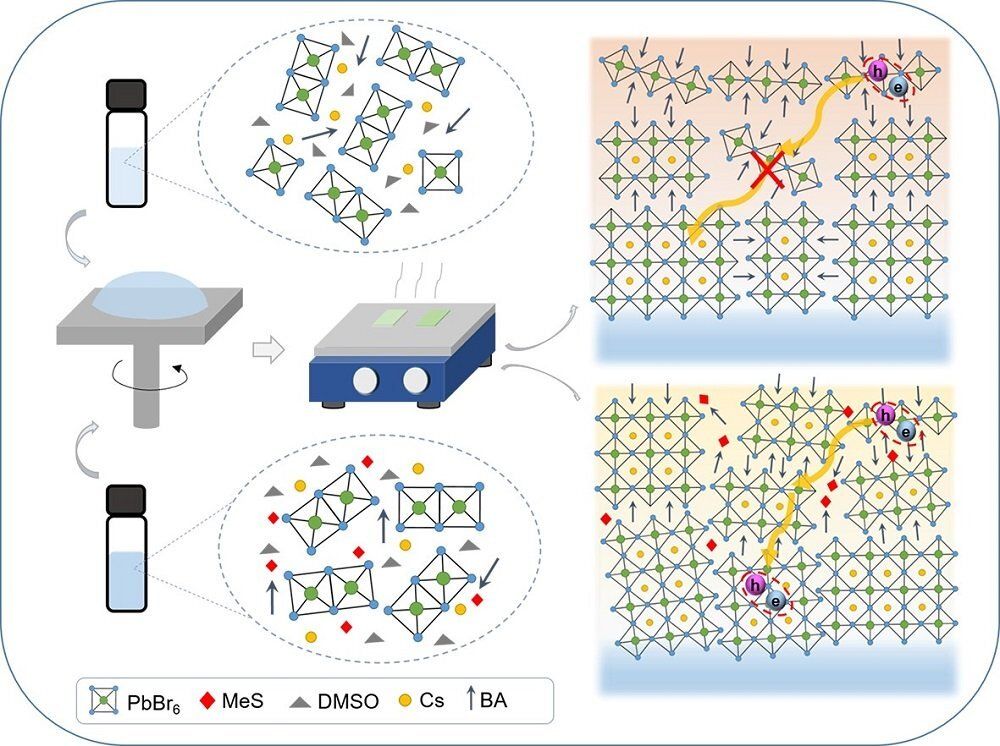Dedicated to those who argue that life extension is bad because it will create overpopulation problems. In adittion to the fact that natality rates are dangerously decreasing in some developed countries, this is only one example of changes that may will take place well before life extension may create a problem of such type, if ever.
Plenty, an ag-tech startup in San Francisco co-founded by Nate Storey, has been able to increase its productivity and production quality by using artificial intelligence and its new farming strategy. The company’s farm farms take up only 2 acres yet produce 720 acres worth of fruit and vegetables. In addition to their impressive food production, they also manage the production with robots and artificial intelligence.
The company says their farm produces about 400 times more food per acre than a traditional farm. It uses robots and AI to monitor water consumption, light, and the ambient temperature of the environment where plants grow. Over time, the AI learns how to grow crops faster with better quality.
While this is great for food quality, it also helps conserve resources. The water is recycled and evaporated water recaptured so there is virtually no waste. The Startup estimates that this smart farm is so efficient that it produces better fruits and vegetables using 95% less water and 99% less land than normal farming operations.




